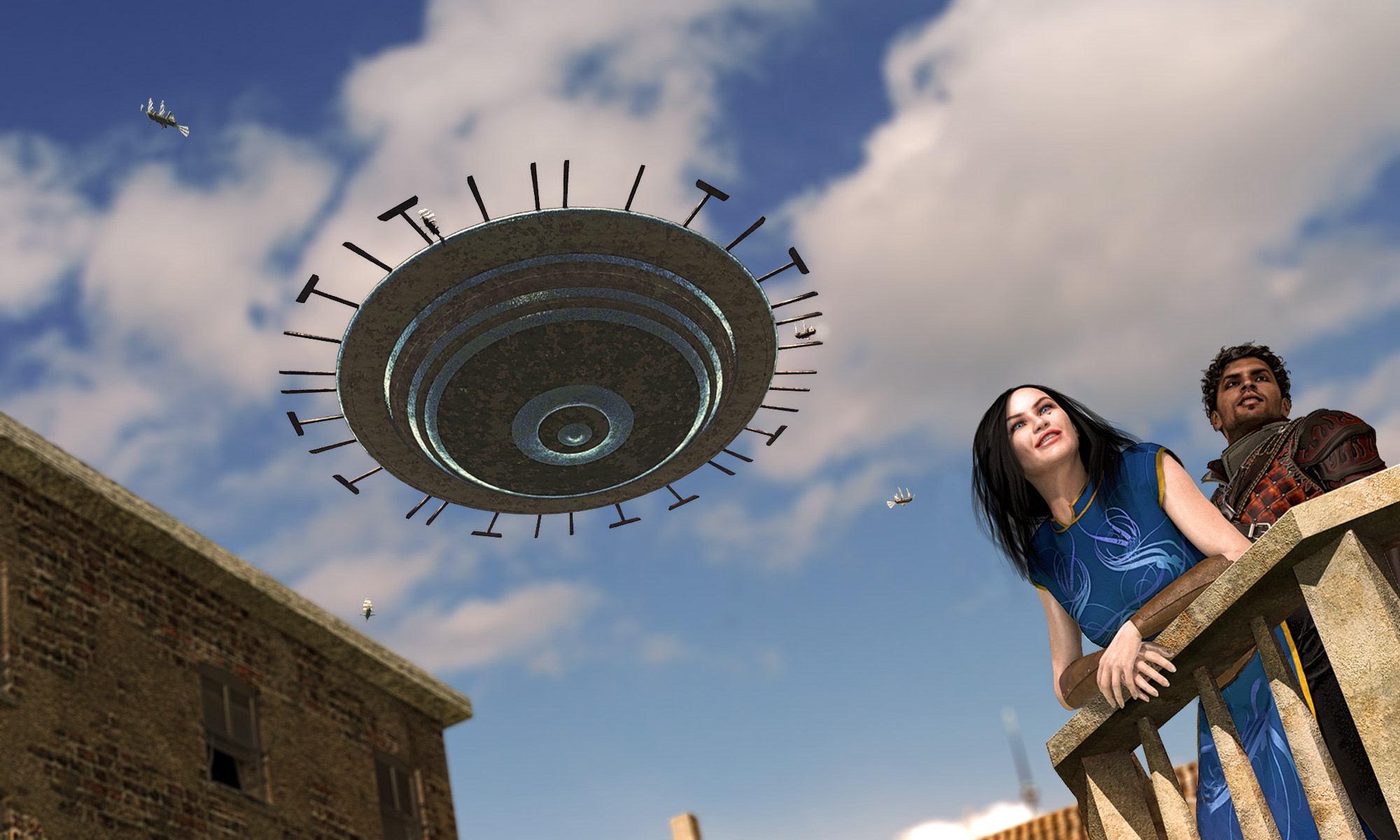https://podcasts.apple.com/us/podcast/episode-03-interview-with-joeri-vlad-timmerman-author/id1742613254?i=1000663253632
Resetting Shadow World post Terry Amthor
There has been a lot of discussion around the future of Shadow World since Terry passed away, generally around 2 basic topics:
- Finishing up Terry’s projects that were in the works: Emer IV, Loremaster Legacy 2, Wurilis etc.
- Creating new SW material. What would that look like and who would do it?
Putting aside #1, I think much of the hesitancy around bringing in new authors is concerns around the quality and consistency of new material. But I also think there is a secondary reason: Shadow World is not just a static setting for roleplaying, it’s an ongoing story that is left partially untold. That story arc is ostensibly the “Grand Campaign” but includes earlier campaigns like the “Legacy of the Seakdrake” found in Jaiman, various adventures in Emer books and the meta plot around the Secret Circle. It felt like this was slowly unfolding in each successive SW book, but the Loremaster Legacy novel basically packaged it up in fiction rather than gaming material. This was Terry’s story to tell and it basically drives a large part of the Kulthean timeline and major events in the Second and Third Era.
It feels like a lot of loose threads, even if we know where the story might eventual go–the destruction of the Shadow Stone and/or the return of the Northern Eye. How can a new writer come in and wrap this all up? It’s hard to imagine–a bit of Brandon Sanderson finishing up the Wheel of Time. At the same time, we know where and how it ends, so does it really need to be mapped out?
But I have an idea to “reset” the Shadow World setting: start the Fourth Era. For those that listened to my podcast with Max, he mentioned that his campaign ventured into the Fourth Era and I’ve spoken to a couple other GMs that also took the group into the future Era. I originally thought that the Fourth Era boundary would be the loss of the Northern Eye, but in hindsight, it now seems obvious that the Fourth Era should start with the return of the Northern Eye.
What would Kulthea look like in the Fourth Era? Several people I’ve talked to have gamed out their version of the Grand Campaign and given me some ideas. For the gaming group, this would be an epic quest, but would also involve notable NPCs, some major battles and probably some type of geographic damage caused by severe Essaence fluctuations and tertiary events (tidal waves, earthquakes etc). Key people would be killed! As a thought experiment, the possibilities are endless:
- Tarania emerges again from the sea due to shifts in the planets crust. The island, long submerged, reveals it’s secrets…
- Arriving in the nick of time to confront XXX, Andraax helps win the day but is killed or is missing.
- With the defeat of the Secret Circle, the Dragonlords being a campaign of conquest over various lands.
- Eidolon is destroyed and crashes to the earth. It’s ruins are guarded by the Prince of Sel-Kai, but adventurers sneak in anyway!
- Essaence flows are permanently shifted into new locations and pathways. The Navigators obelisk network is disrupted and needs to be recalibrated. In the meantime, Navigator Jump services are unreliable.
- The massive Essaence surges that preceded the Eye’s return, opened large portals to the Pales and hordes of Demons poured into Kulthea.
- Earthquakes, tidal waves and severe storms destroy coastal cities.
- The balance of power shifts and the Alliance grows in influence throughout Kulthea.
I’ve discussed previously about adventuring in Kulthea during the Interregnum but remaking Kulthea and starting the Fourth Era is a clean slate that closes out the plot(s) that Terry established and builds for the a new future. It would be logical to map out massive changes to Kulthea that would occur on a near global cataclysm and give Kulthea a “refresher”. Perhaps one that better incorporates the RMU ruleset.
RMU: Shadow World. Adventures in the 4th Era. “The Age of Woe”.
Kulthea is saved! The return of the Northern Eye rebalanced the erratic Flows of Essaence but at what cost? Gods battled Gods, Heroes fell and catastrophic storms left scars across the planet. New powers are emerging from the ashes of the Great Battle and vying for dominance in the Shadow World. The Unlife is unchecked and Demons run amok among the lands. Will the new world order be for good or evil?
This feels like a clean break from the unfinished past and a start with the new RMU ruleset. What do you think?
In Search of Andraax. Episode 02
Bare Metal Edition Update
I know I am terribly remiss in blogging these days. I have two blogs and I post to this one more often than the other, so that shows how bad I am at keeping things updated!
Long time readers of this blog will know of Navigator RPG. This was written back in September 2019. Nicholas had kind of threatened to pull the plug on RMU if it wasn’t finished by the end of the year. He exact words were that RMU would be done, one way or another by the end of the year. That was five years ago and we are still waiting for the game to reach a playable state (if you want monsters that is).
My response was to go back to square one. The origin of Rolemaster was as a set of house rules for D&D. The story goes that a D&D fighter was trapped against a cliff edge and terrible foe. They asked the DM how high the cliff was and was told it was 60′. D&D used 1d6 damage per 10′ fallen, and the fighter had more than 60 hit points, so they jumped, knowing that they could not die from the fall.
Those house rules became Arms Law and Claw Law, and then Spell Law replaced the D&D spells, and then Character & Campaign Law plus Creatures & Treasures turned the game in to a coherent whole.
So I went back to D&D, andthese days we have the OGL meaning that I could take open game content as my base, and rolemasterify it.
I didn’t just clone Rolemaster. I know that Rolemaster is often referred to Chartmaster and Rulesmaster. I think it is a hard sell to ask people to buy four $30 books before they can play a game. So I stripped out many charts, smoothed bonuses for stats so you don’t need to look up the stat to find your bonuses, and used fixed DPs. I stripped back the skill system, knowing that GMs will add in skills as they see fit.
I didn’t go for two hundred different professions, knowing that if anyone played the game they would build professions that fitted their setting.
What I did do was give the rules for creating your own Talents & Flaws, Cultures, Ancestries, Skills, and Professions, and the rules for converting D&D/OGL monsters to the game.
Rolemaster has always be a toolbox, so I built tools.
I also kept the numbered paragraph format, to make it easy to drop in house rules and supplement material.
Navigator RPG was the first of this line.
Navigator RPG
When I created Navigator RPG what I wanted to do was to make something that was backwardly compatible with Spacemaster. We had been told that there would be no Spacemaster Unified. HARP SF also seemed to be in the doldrums, so if I wanted to play Spacemaster I would have to make my own. I had lost my Spacemaster rulebooks in a house move many years ago.
Not only was Navigator RPG going to be backwardly compatible, but I wanted to ensure that Rolemaster never died, even if Nicholas gave up. So I made it Open Game Content, and the book was Pay What You Want on DriveThruRPG. If you buy the physical book you needed to play printing and shipping, but beyond that, anything else was purely donation. the PDF was PWYW, and you can download it for free.
So far, there have been 2,156 downloads, of which 221 have been bought.
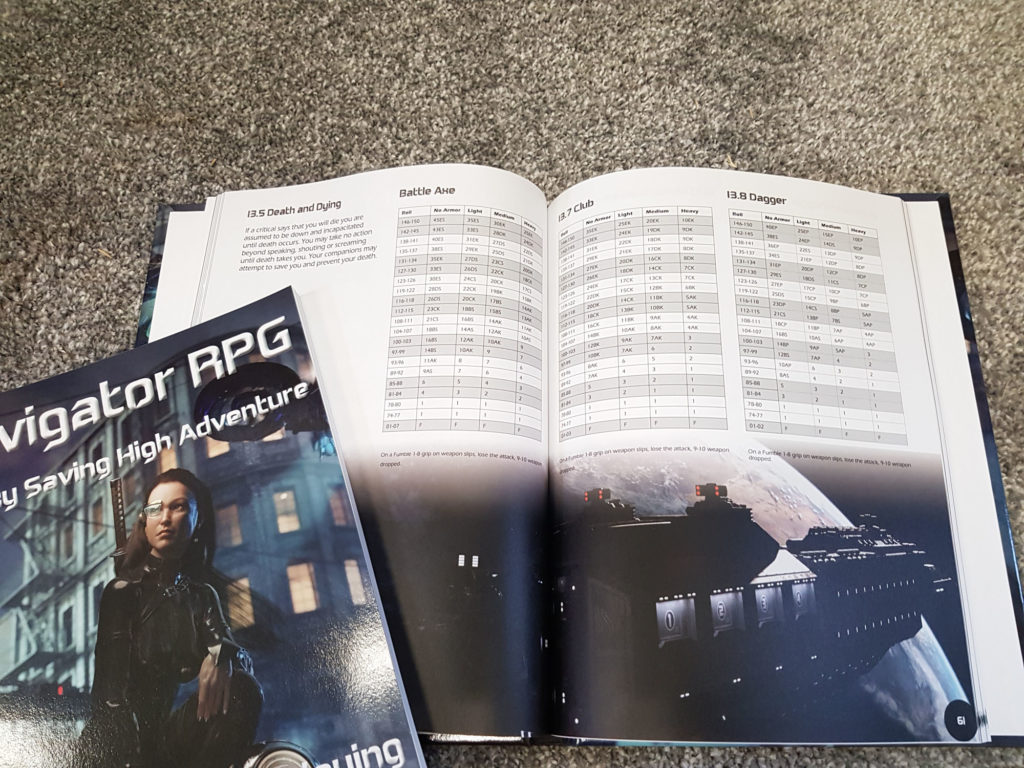
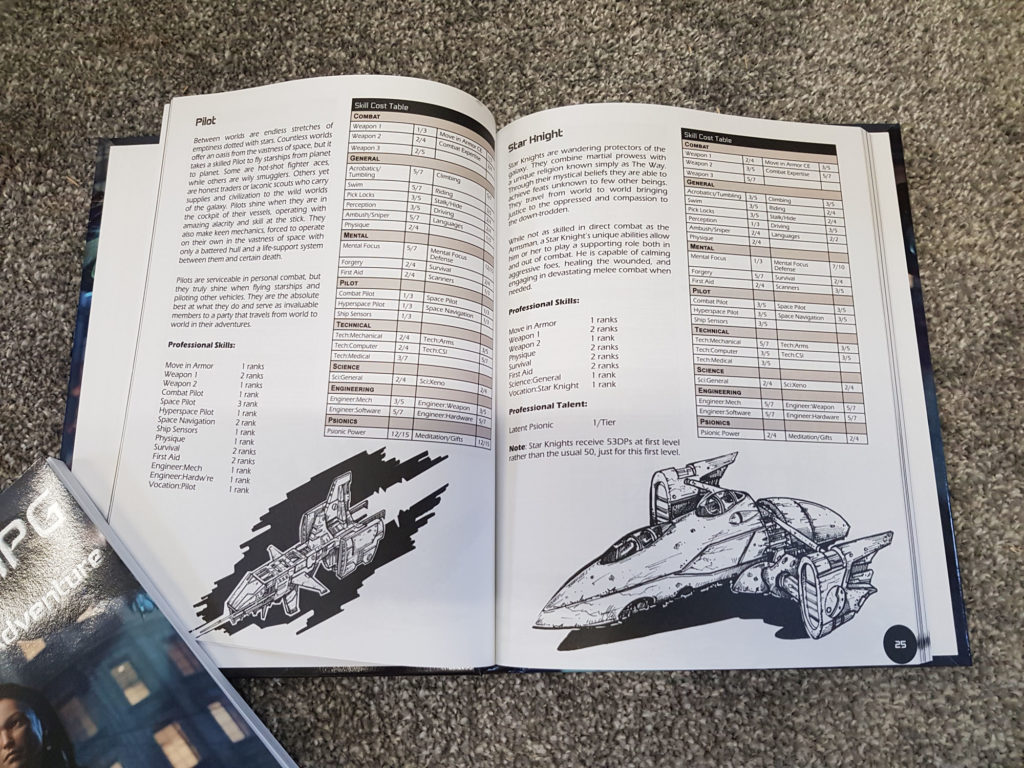
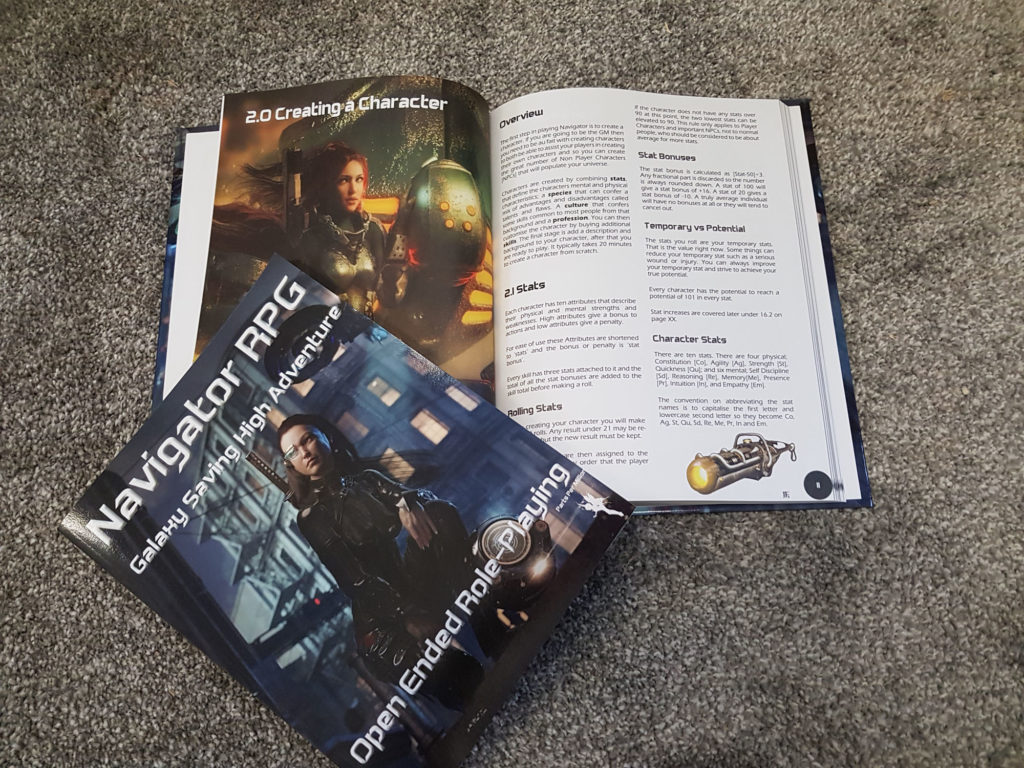
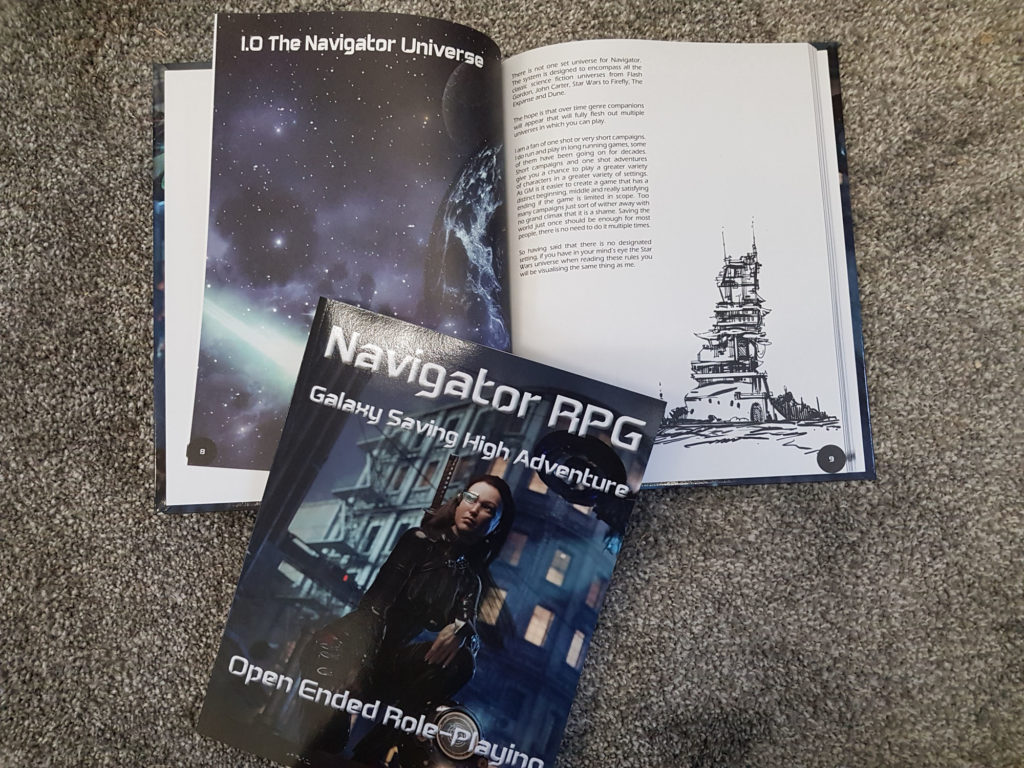
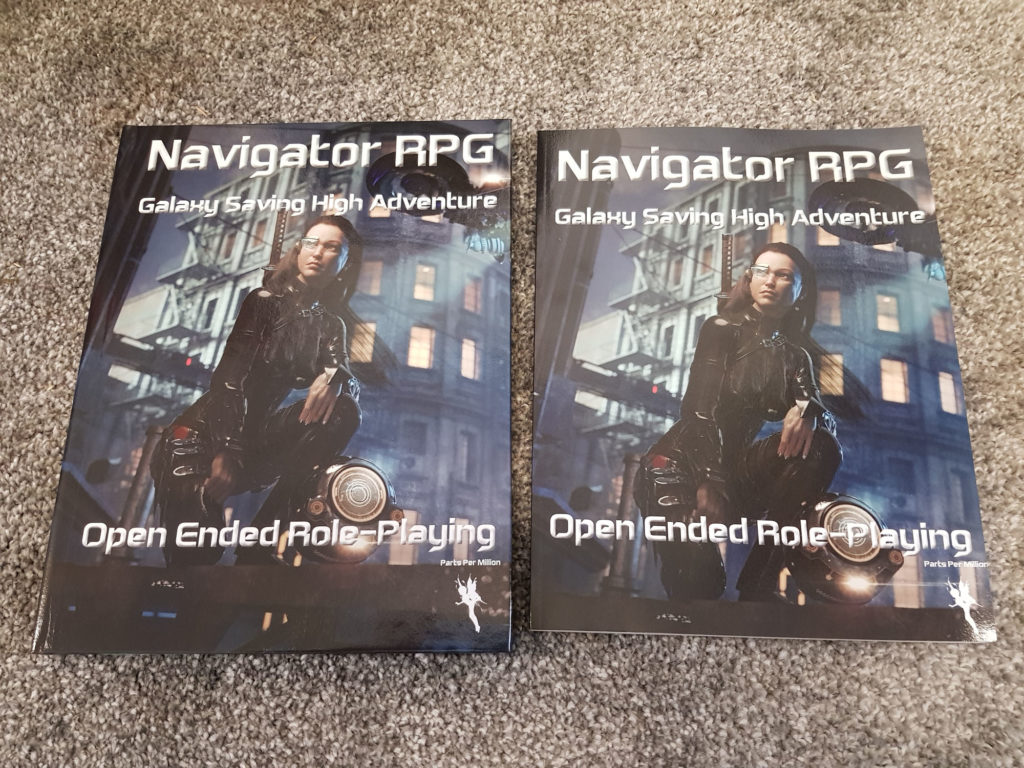
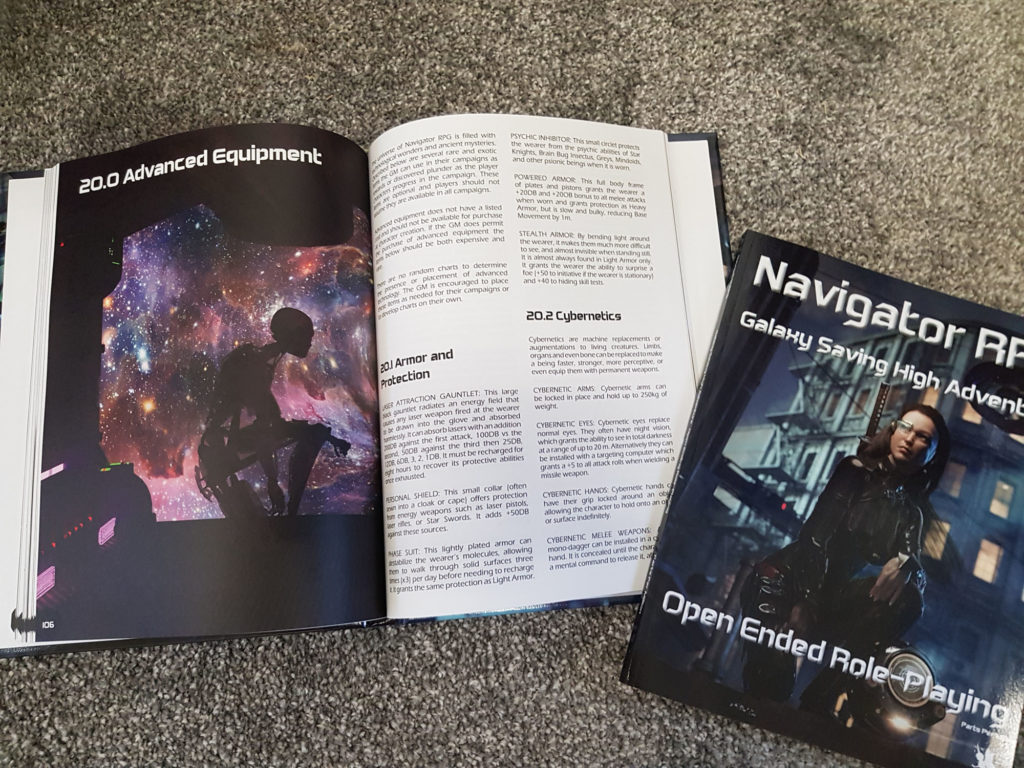
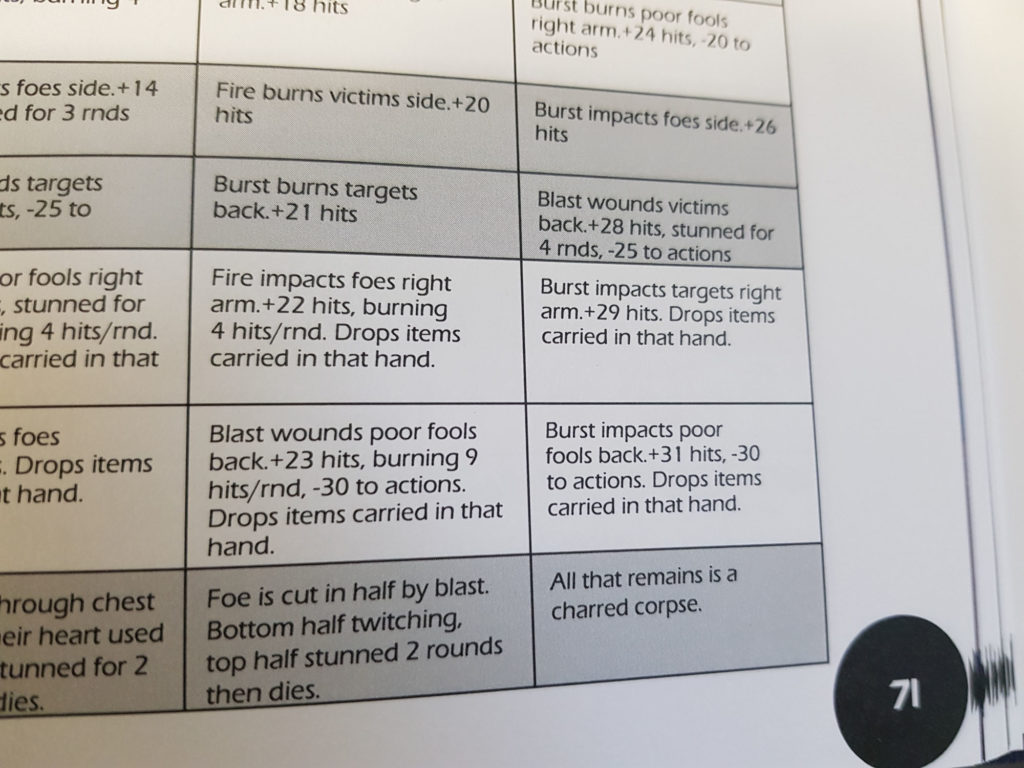
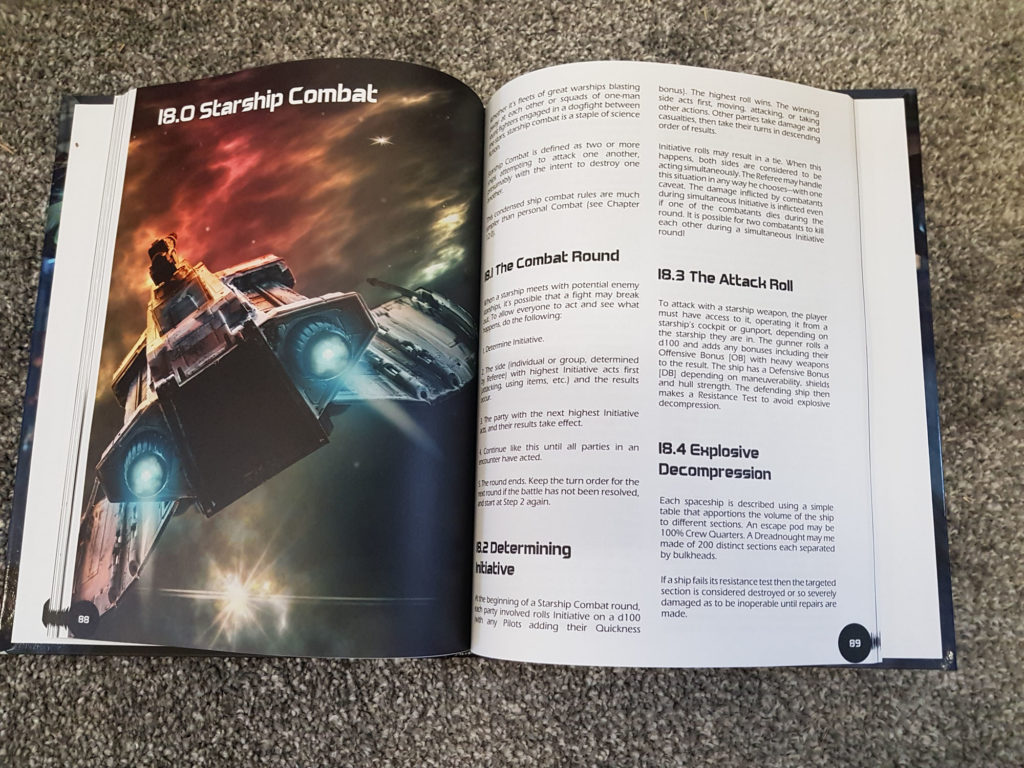
https://www.drivethrurpg.com/en/product/288954/navigator-rpg?affiliate_id=730903
Pilot RPG
When I released Navigator RPG, I promised to create Pilot RPG, Nav’s Fantasy sibling. Then things went kind of sideways. Rather than getting on with Pilot, I was distracted by trying to turn the core game system into a generic toolkit. The name of the toolkit was Bare Metal Edition, and the idea was to put all of the rules for creating the rules on to github so anyone could fork the project to create their own games. Open Source Roleplaying in its purest sense. I had help with this, but I am a bit autistic and don’t play well with others much of the time.
Roll the clock forward to May 2023, and I finally get around to converting the rules to fantasy and Pilot RPG is born.
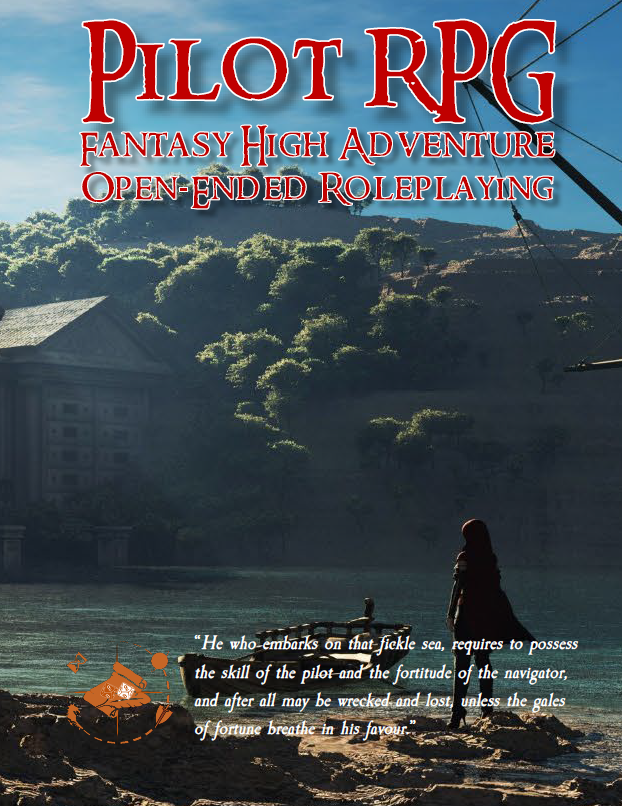
https://www.drivethrurpg.com/en/product/462737/pilot-rpg-playtest-edition?affiliate_id=730903
The names Navigator and Pilot come from that quote by Sir Walter Scott on the front cover.
Pilot was released 14 months ago and has had 835 downloads and 48 purchases. Just like Navigator RPG it is PWYW, and you can download it for free.
Guide RPG
Another goal with Bare Metal Edition, was to push Rolemaster into genres that it hadn’t explored before. On the ICE forums, when we had a working Character Law/Arms Law, I had suggested doing some historical genre games, such as Robin Hood, as an example. We didn’t need magic or monsters for real world settings. That idea obviously didn’t fly.
I managed to find the time to convert Eldritch Tales, an OSR Call of Cthulhu clone, to Bare Metal Edition and Guide RPG, Cosmic Horror Open Ended Roleplaying, was put out. This was January 2024, only 4 months after Pilot RPG. That was 10 months ago, and we have seen 669 downloads, 21 sales.
The name Guide relates to spirit guides and fits into the Navigator, Pilot, Guide series.
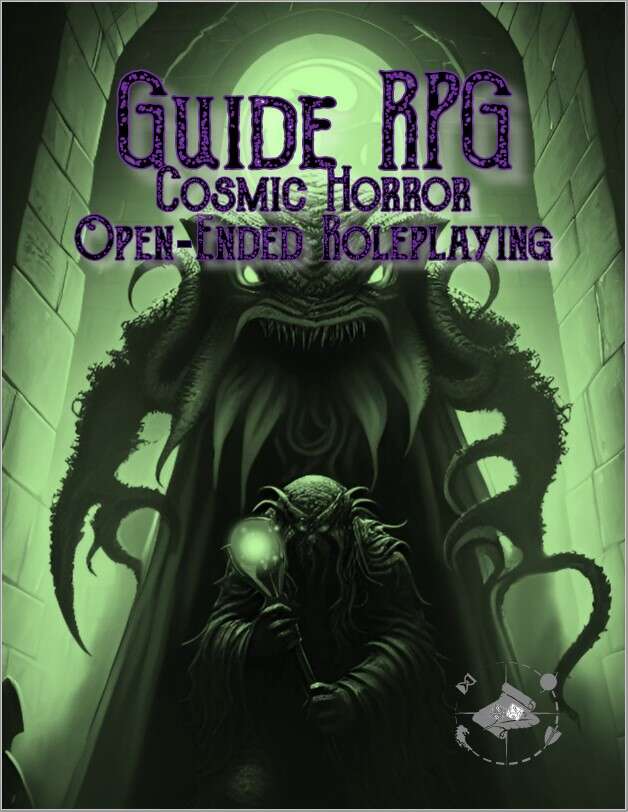
https://www.drivethrurpg.com/en/product/466802/guide-rpg-playtest-edition?affiliate_id=730903
Mark RPG
This game came out on May 28, 2024, so about 5 weeks ago. It is Pay What You Want, 144 downloads, and 12 sales. What makes it special is that it is the first variant that is set in the real world. Mark RPG is based on The Curse of Capistrano, or as it is better known The Mark of Zorro!
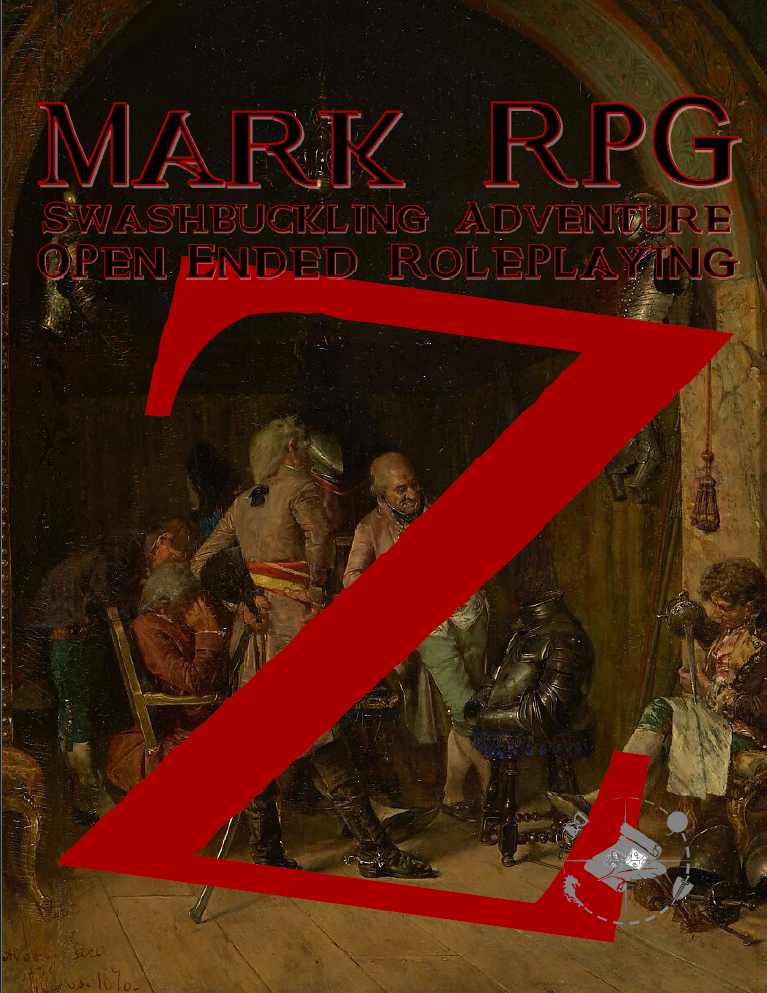
https://www.drivethrurpg.com/en/product/482624/mark-rpg?affiliate_id=730903
As I said back on the ICE forums, it should be possible to create a game without monsters, and magic, and base them in the real world, I said I could do it, and this game did it.
I freely admit that I pillaged Wikipedia for much of the setting information, and used Guide RPG (set in the real world but with the cosmic horror elements) and stripped out everything that did not apply. That gave me my core system. There may possibly be a few monsters left in, just for a bit of weird west fun, but for the most part, that section of the book is mostly snakes, bears, and bandits.
Sure, the number of downloads is smaller, but we are getting into niche genres.
Survivor RPG
This game isn’t written yet, but I have pencilled it in for a November/December release, and will be post nuclear holocaust, mutants and tech. Think Gamma World, Mutant Future, and Mutant Year Zero and you will get the gist.
This is another genre that Rolemaster or Spacemaster never touched, and will expand the range of the Bare Metal Edition stable.
All these games are cross compatible and build on what has gone before.
Further Forward…
I know when I want to create Survivor, but I also want to convert more OGL/OSR games and bring them under the BME banner.
I have plans for a World War II version based on Operation Whitebox and a Zombie Apocalypse version based on Survive This!! Zombies.
If I can find some good vehicle rules to convert, or if not, write them myself, I would quite like to create a Death Race 2000/Car Wars/Mad Max iteration as well.
Then there are sci-fi Mech warfare and superheroes, and why not prohibition-era gangsters?
These future games are not about creating an entire game from the ground up, they are about building just the rule variations needed to reflect the genre and the playable options. Then the fun of critical tables and some villains to fight.
If there are genres you want to see turned into a game, let me know, and I will do the research and build it.
Podcast: In Search of Andraax. Topics?

Just a quick note. I’m having great conversations with Rolemaster and Shadow World participants and creators via the Rolemaster Podcast: “In Search of Andraax”.
Do you have a long running Shadow World campaign? Do you have significant house material for Kulthea? Do you have some thoughts on Terry’s setting?
Let’s talk! I really enjoy to hear YOUR experiences, thoughts and directions on this amazing game setting!
Podcast Random Musings

I’ve been busy with work and with recording and editing new podcast episodes, and have lost a bit of momentum with the Rolemasterblog that I had been building! That’s frustrating, but there is only so many hours in the day. I had a few thoughts in my previous blog, but now that I’m immersed in a regular process I wanted to put a few thoughts and observations down.
- Including the first episode, I now have 3 programs recorded with 3 more scheduled. I have a rough outline for 10-12 total episodes so I’m halfway there!
- I’m on a learning curve with editing these recordings but still feeling frustrated at times with my skill set. I know this is probably very easy for someone that does this regularly! I’ll get there and hopefully not be judged too critically on sound widows, abrupt segues and transitions and audio artifacts.
- I’m pleased with the overall traffic and feel that there is a base to build on. My goal is to hook new Rolemaster users that have been drawn to the RMU release as well as long term players. I see this as a form of archiving a bit of gaming history that might have been lost or overlooked. Despite the market share that ICE once had, there is relatively little material on the the company or product development. It continually saddens me that I didn’t think to get Terry on a audio interview, perhaps a series of them!
- I prefer long form channels: blogs and now this podcast rather than short form/commentary/discord. Even when my writing is rushed, the process of writing in detail helps download and organize my thoughts and ideas. Many of my blog posts are really for me, and not structured for an audience. However, I wonder how I balance the requirements of both the blog and the podcast. As of now, the podcast is purely interviews with me acting as an unbiased narrator where the podcast is really my own thoughts and agenda. We’ll see how that turns out.
- I’ve reviewed a number of TTRPG podcasts. Many of them are short! 25-30 minutes. I guess if I was pumping out an episode every week I’d eventually get down to that short format. For now, I’m shooting for 1 to 1.5 hour shows. Is that too long? I guess it will be dictated by the discussion!!
- As I mentioned, I have content scheduled for a dozen or so episodes. I don’t want to dive into banality so this could be a limited series; but if anyone has a subject that they want to discuss in depth, a topic that should be explored or a person I should interview feel free to contact me!
Spring Edition: Random Thoughts and Comments

A beautiful day of 70 degree weather, blue skies and the promise of summer! With so many projects piling up I thought a quick random musings post would touch upon various items and issues more than an in depth blog post.
- In Search of Andraax. Our first podcast has now been out for a week or so. While I’m generally pleased with the content, the sound quality and editing could be much better! I’m working on that with a new, quality microphone, better scripting and episode prep etc. I have another episode recorded and in the process of scheduling 2 more recording sessions. As mentioned, I hope this will be monthly podcast! Now that we are on Apple podcasts, we are reaching a much wider audience!
- Making a Sandbox Setting. Over at Grognardia, James has a post up on “sandbox settings” which is worth the read. I’m curious how long term RM/MERP players feel about the topic; ICE products has always steered towards sandbox material versus adventure paths. In fact, some past criticisms of Terry has been the lack of adventures in his books, although he usually includes at lease one long epic adventure path is most of his material. For older players, trend seems to have tipped back to sandbox material. This may be due to the fact that older GM’s are comfortable with open ended environments, but don’t have the time or inclination to put a lot of time into detailing a setting. I’m of the mind that Rolemaster/RMU needs ready to play adventures with pregen characters to facilitate new players and groups. Personally, I rely on the SW sandbox since I don’t have the time or inclination to design my own world.
- The LONGEST CAMPAIGN? If you have ever done google searches for Shadow World content you might have encountered references to the Kulthea Run Logs from a campaign at MIT. I’ve been picking away at this material, but it’s impressive the ground it covered and the scope of the game sessions–428 to be exact! I’ve run some longish campaigns, but that’s more than impressive. I’m hoping to connect with the GM, Derrick Kong, but both his linkedin and facebook are seemingly abandoned for quite some time. It’s worth a look, but Derrick took his group through a significant portion of Terry’s creations.
In Search of Andraax. Episode 01.
I’m pleased to announce the first episode of our new Rolemaster/Shadow World Podcast: “In Search of Andraax”. This is our first time doing it, so recording and editing will improve with practice!
Here is the link to Apple Podcasts
https://podcasts.apple.com/us/podcast/in-search-of-andraax/id1742613254
Shadow World AI project: Art & Culture
Here is an AI generated poem written in Iruaric with an English translation. I think it’s generic but also pretty damn good?
Iruaric Version
“Viir na Thos”
Na-ia ndar, hith hír shúlare,
Thos aruls kygar suul.
Arul ahren viir,
Lak usuiv, phoen drasul.
K’lav, kort thea vash,
Lirnul man, sa lo spirith,
Emer hûl, mur shú,
Serephoen, phaol ryka trû.
Gaalekar lin, kuul eir,
Linær andos, aen aek her,
Nuul shaut nae, lair lanos,
Serem lorith, throk loar.
Viirnæ, xu darth, Fatean fæ,
Amorul raath mûn, hith ar,
Diræ kyrs kolth aern,
Uscurak phoen karn.
Dom arus, shulu syth,
Vuul lavan ryk mûr,
Rakkul kolth, raath utumkod,
Ahrenul laakh, viirnæ, Xul.
Puk karn, aer drayn suul,
Larn hir, lug neith,
Viirnæ, jaiarul, aerna vë,
Utumwomaw, Fatean—xu darth.
English Translation of Iruaric Poem
“Essence of the Mountain”
In the realm of lands, under the sky so clear,
Mountain casts shadows by starlight.
Seeing the hidden essence,
Through lakes and oceans, journey closely.
The Lord of the old world,
Dreams through dwellings, where spirits rest,
His heart, full of love,
The healer of secrets, his love so true.
Scholars sing, their voices old,
Singers of beginnings, songs of stone and sight,
Islands whisper of past, of days long eternal,
In green havens, where guardians build.
Believing, the mind’s fate, destiny bound,
Loving beyond the mist, beneath the hill,
Keys to unlock hidden gates,
Darken the path where travel once turned.
In shallow waters, where wet meets water,
The creator of souls finds his cause,
Snow falls, cold to the golden ancients,
Finding the lost, believes, the divine.
Through the wild heights, where thirsty dragons soar,
To the tall high, where ugly echoes,
Believing, forgiving, and finally seeing,
The golden secret, destiny—his fate.
For those “Shadow World Scholars”, I think this is a great poem for Kydak Dûm, the Gold Dragon and head of the Dragonlords (if such a title were to exist). You can read my own thoughts on the subject HERE.
Upcoming: The Rolemaster Podcast

This might be too early to announce, but it’s probably given that we have a fairly small, but passionate fanbase so it’s sort of necessary. We are in the process of rolling out a new Rolemaster/Shadow World based podcast: In Search of Andraax. This will be a monthly production sponsored by the Rolemasterblog.com.
We have the first year production mapped out, but I want to solicit YOUR ideas for future podcasts content. Despite it’s current smaller market, Rolemaster was a GIANT of the industry, a pathmaker for other systems (DND 3ed) and for our readers, perhaps the RPG system of choice. It’s history needs to be further explored.
A quick search amongst Youtube and podcasts doesn’t generate a lot of great results: mostly game sessions, product reviews and the rare interview. I’m quite excited about our lineup and approach to the subject matter. If you have an “in” to a key person tied to Rolemaster, or an idea for us to explore, let us know. Is there someone we should interview or is there something you would like to know more about that hasn’t been explored?
